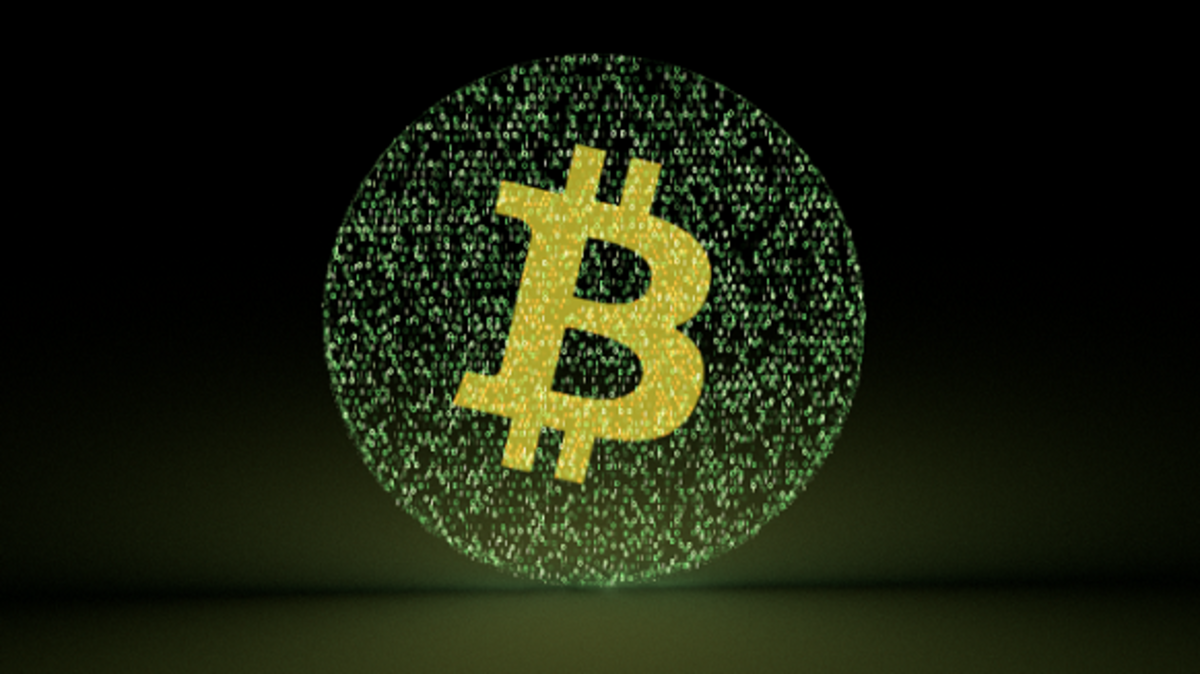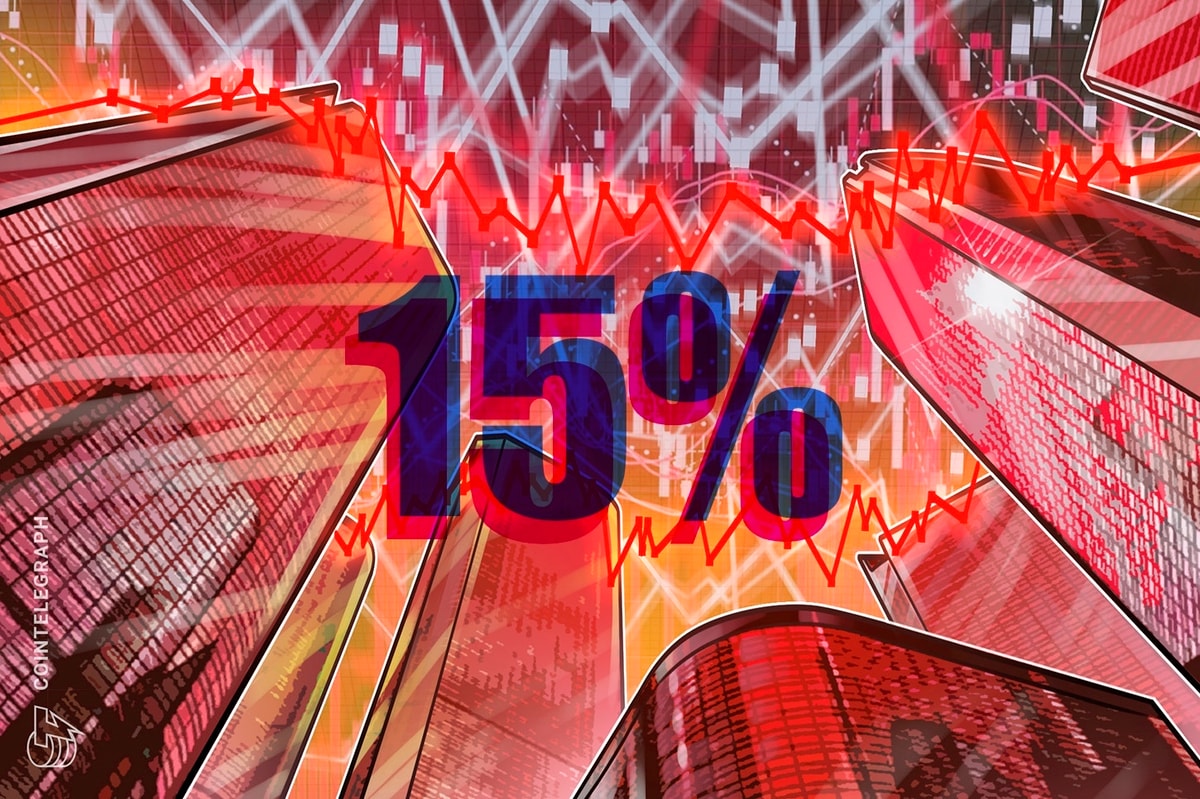
Margin Trading Was The Cause?
Some theorize there are whales (people with large enough funds that they can make the market shift noticeably) who are pushing (selling lots of Bitcoins) through margin calls.
Margin calls is an element of margin trading. A margin trader can deposit funds in a specified account with a related business – in this scenario, digital currency exchanges. Or specifically some have mentioned Bitfinex.
Once a margin trader has deposited her or his funds they receive percent of it back as credit. For example, you deposit $5,000 in Bitcoin and you would have your account credited the $5,000 and then another $5,000 (in a chosen denomination).
This credit would allow you (as a margin trader) to place bigger sell and buy orders than you normally would, creating liquidity on an exchange and attract more customers.
However, within margin trading there exists the margin call. When a margin trader’s stock value that he is buying falls below a certain level (in this case, the value of Bitcoin), then the issuer of the credit calls in the account of the margin trader.
Let us assume that 1 Bitcoin is $500. A margin trader’s account requires a minimum ‘maintenance’, which is normally a percent of the amount of his trading account. So, if you deposited $20,000 worth of bitcoins then you would get an extra $40,000 worth of bitcoins (on the platform) for you to trade with. Your maintenance requirement is a percent of this, lets say 30.
Your total stock, or bitcoins in this case is $40,000 (at $500 per coin, so 80 for this example). Your maintenance requirement is 30, in this case it is $12,000. Now, the bitcoin value on the platform that you have your account on drops to $450, your total stock (80 coins) has fallen to $36,000. Your maintenance cost for this amount (30) is $12,000, your equity (the initial amount you put in) in your account is $20,000, which is over your maintenance requirement, so no problems, your buy wall of 50 coins at $440 (for a total of $22,000), is not touched.
Now let’s say your creditor gives you a 3/1 margin (appealing to traders) and your maintenance fee is 40. You could deposit $20,000 (in bitcoin) and get $60,000 to play with, again, at $500 per btc for a total of 120 coins.
You place a buy wall at $440 for 50 coins ($22,000), value on the platform drops to $450 per coin, this places your stock (120 coins now at $450) at a total value of $54,000, of which your maintenance (40) is $21,600, and you only have $20,000 equity.
Your margin call now comes into effect and your creditor can take action to bring your equity back up to the required amount; to do this, they liquidate your buy wall.
If the scenario was more extreme, or multiplied by many traders (as some guess), then this could wipe out the $450 buy wall, which creates a potential snowball effect that might start to force lower buy walls to be liquidated due to margin calls.
Basically, this forcibly enables the creditors to sell the remaining securities, which can then break into other customers’ margin calls, creating a cascade ‘fall’ effect as margin call after margin call is broken through.
Margin trading is an acceptable and viable method within the traditional finance world, apparently to help settle the market and reduce volatility. It is debatable whether this has had a similar effect within the Cryptocurrency sector.
It could be that this emerging sector is currently just too small to accommodate such margin traders.
Good News – Brings Value Drops – Spending Average Goes Up
Another theory juggled around is that good news equals a drop in value. This is determined to be brought about because of the increased availability of services and goods, that at this current time there are more old Bitcoiners who have substantial amount of wealth (through attaining crypto earlier/cheaper), and now have increased places to use their funds.
The problem, as perceived, with this is that most merchants that adopt Bitcoin initially ‘cash out’, meaning that they convert the majority, if not all, of their sales in Bitcoin into fiat – which they do through a payment processor, which then converts via an exchange.
This is equivalent to the same people who are spending their coins on these businesses to selling their coins directly within the exchange market.
What some believe will occur is that when businesses start to realise the savings from transacting in Crypto, they will offer incentives to customers, such as discounts on goods purchased with bitcoin (such as Newegg which offered a temporary 10 discount on purchases made with Bitcoin).
The discounts for customers should (in theory) encourage customers to buy bitcoin. The average customer purchases through exchanges, vendors or brokers, and this drives up the value again.
Mining – Old And New
A third debatable theory is the new incoming miners into this ecosystem.
With the vast amount of new mining gear, notably the amount of fiat people are spending to acquire such mining gear, there are the costs of keeping everything running and making a living. Unfortunately most of these costs are likely still fiat: electricity, rent, staff, food and similar, though for some mining operations it can be argued that their costs are paid in Crypto, or that most of their costs are.
There are still the bills and fees that cannot yet be paid in Crypto, and those that do pay in Crypto to third parties who then convert it to fiat.
At 3,600 Bitcoins produced daily (25 every 10 minutes, 150 every hour, roughly), at $400 per Bitcoin that is $1,440,000 inflation per day (monetary supply). Not all these coins would be sold on a daily basis, keeping in mind that a lot of miners only get a fraction of a Bitcoin per day, and it is debatable whether all the coins are sold (privately or via an exchange/trader/broker), kept, used, or chewed upon.
However, it is arguable that a certain amount of newly mined coins are being exchanged on the market for fiat to cover buying and running expenses. How much is anyone’s guess, but even a third being sold daily could be a basis for significant price swings, depending how (immediately, or slowly) and where they are sold.
Disclaimer: This article is in no way offering financial advice; please take all precautions if you are trading in Cryptocurrencies. The information offered in this article is purely speculative and does not contain all the notable theories out there; it is meant as ‘food for thought’ and to inspire further discussion among you and your peers.










